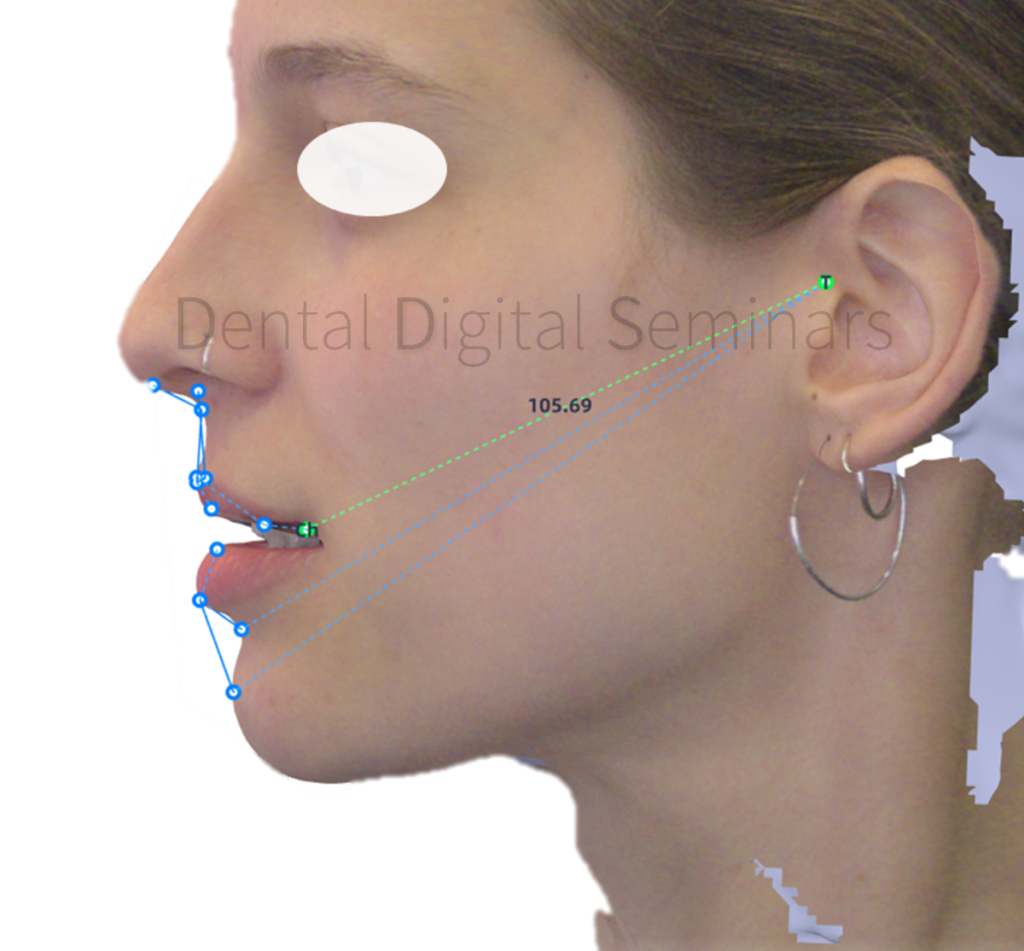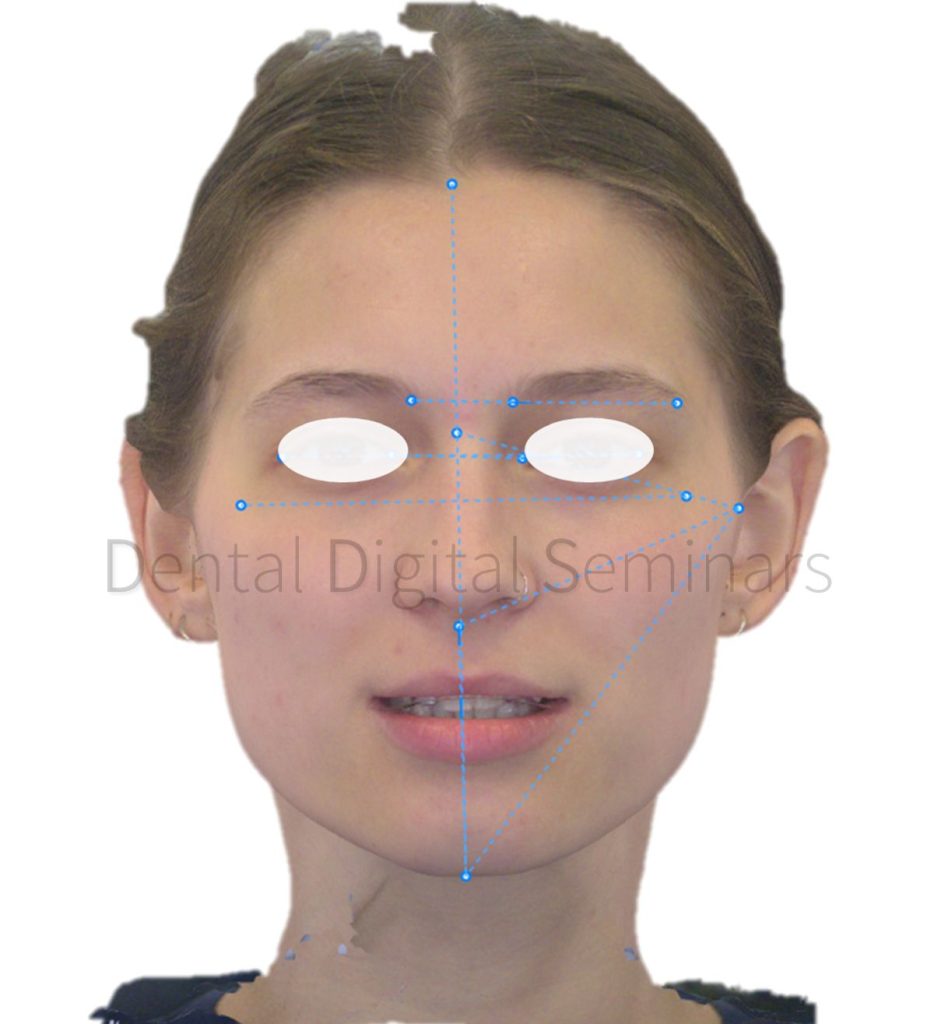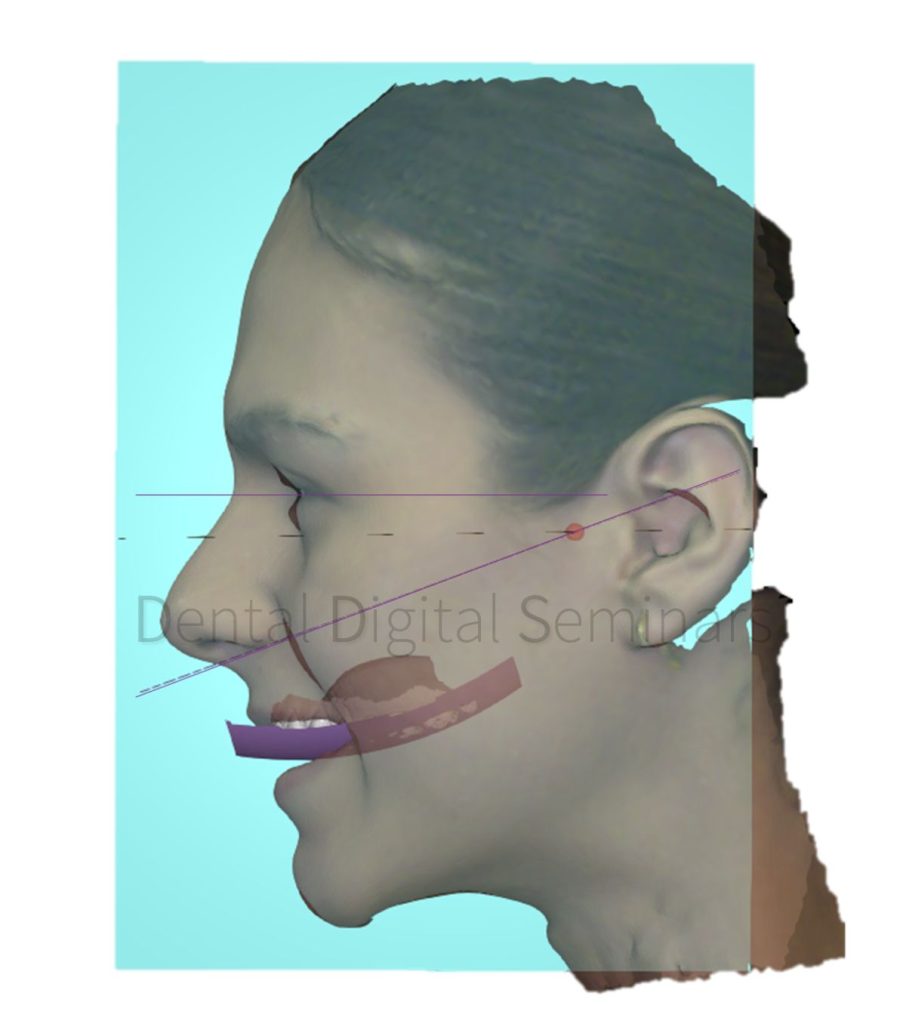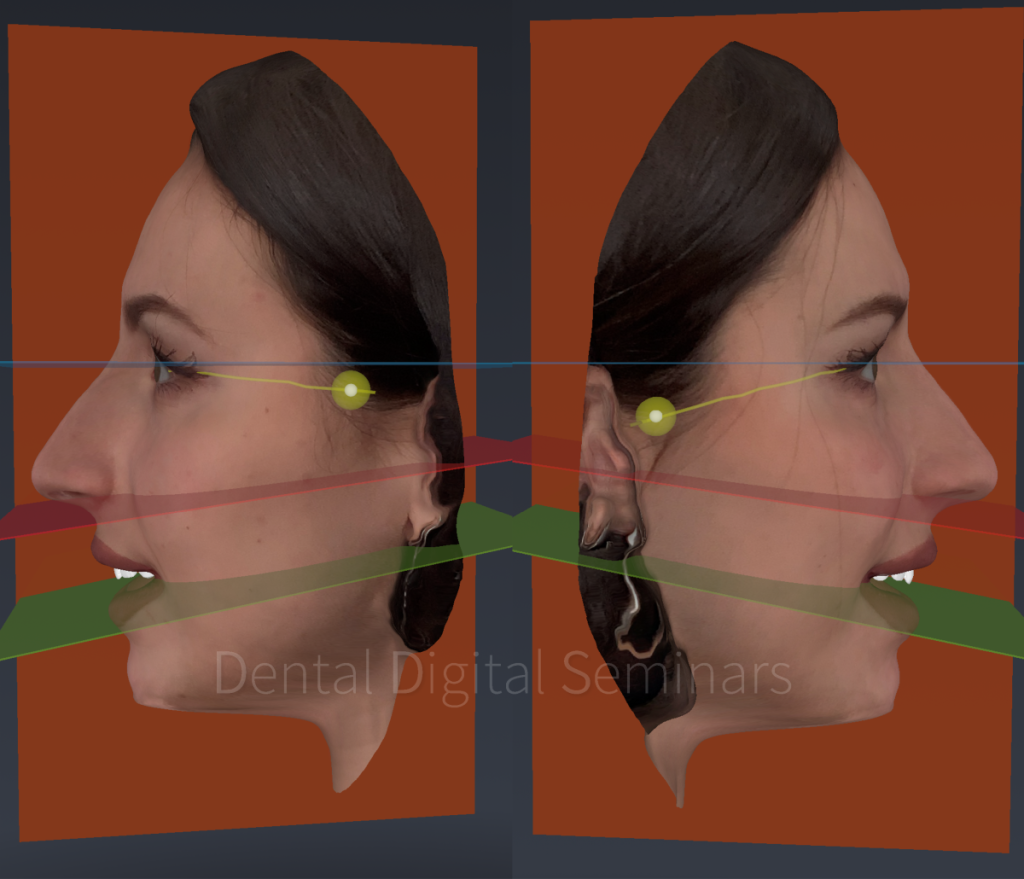Σύγχρονες Προσθετικές Καταγραφές & Διαγνωστικές Τεχνικές
Πολλές φορές στην καθημερινή κλινική πράξη αντιμετωπίζουμε προβλήματα για τα οποία δεν έχουμε κάποια απλή εξήγηση. Έτσι μπορεί να τοποθετήσουμε μία απλή στεφάνη σε ένα δόντι και ενώ όλα φαίνονταν απλά, να διαπιστώσουμε ότι θα πρέπει να ασχοληθούμε αρκετά προκειμένου να ρυθμίσουμε την σύγκλειση σωστά. Μπορεί να βλέπουμε εργασίες να σπάνε ενώ υπήρχε επαρκής προσθετικός χώρος, καθώς και ωραίες εργασίες που όμως δεν ταιριάζουν στα πρόσωπα των ασθενών μας.
Τι φταίει για όλα αυτά;
Μήπως φταίμε εμείς; Μήπως δε χρησιμοποιούμε τις μεθόδους και τα υλικά που πρέπει; Αν χρησιμοποιούμε την ψηφιακή τεχνολογία στα ιατρεία μας, μήπως αυτή δεν είναι έτοιμη ακόμα για να μας δώσει λύσεις;
Μήπως φταίει ο συνεργάτης μας, το εργαστήριο, που δεν κάνει κάτι καλά;
Μήπως δεν επιλέγονται τα κατάλληλα υλικά για τις αποκαταστάσεις μας;

Σκοπός των σεμιναρίων είναι να αναδείξει την αναγκαιότητα των σωστών καταγραφών και πως αυτές βοηθούν την κλινική και το εργαστήριο, να συνεργαστούν σωστά και να δώσουν λύσεις στα περισσότερα από τα προβλήματα που αντιμετωπίζουν.



Τα σεμινάρια απευθύνονται
Σε όλους που ασχολούνται με την Προσθετική και την Αποκαταστατική Οδοντιατρική. Έτσι αφορά τον Γενικό Οδοντίατρο, τον Προσθετολόγο, τον Ορθοδοντικό και όλους που σχετίζονται με θέματα της ΚΓΔ.
Τα σεμινάρια εξετάζουν
Από απλά περιστατικά (στεφάνες ή γέφυρες) έως ολικές αποκαταστάσεις στόματος σε δόντια ή εμφυτεύματα.
Βασική Θεματολογία των Σεμιναρίων
ΑΝΑΛΟΓΙΚΑ ΘΕΜΑΤΑ
- Ανατομία και Φυσιολογία του στοματογναθικού συστήματος
- Θεωρίες σύγκλεισης
- ΚΔΣ, πρόσθιος οδηγός, κεντρική σχέση και θεραπευτική θέση
- Καταγραφή με προσωπικό τόξο
- Καταγραφή κεντρικής σχέσης
- Εγγραφή έκκεντρων θέσεων και διαδρομών κίνησης
- Αρθρωτήρες και διαδικασίες ανάρτησης
ΨΗΦΙΑΚΑ ΘΕΜΑΤΑ
- Ψηφιακή ενδοστοματική σάρωση - IOS
- Αξιοποιώντας την Υπολογιστική Τομογραφία Κωνικής Δέσμης - CBCT
- Καταγραφές καθοδηγούμενες από το πρόσωπο (Photos - Face scan)
- Ψηφιακό προσωπικό τόξο και εικονικός αρθρωτήρας
- Μεταφορά καταγραφών με αναλογικό προσωπικό τόξο στο ψηφιακό περιβάλλον
- Καταγραφή της κίνησης της κάτω γνάθου (μοντέλα FGS)
- Εικονικός ανθρώπινος αρθρωτήρας
- 4D οδοντιατρική – δημιουργία του δυναμικού εικονικού ασθενή
- Καταγραφή της κεντρικής σχέσης και αλλαγή της κάθετης διάστασης σύγκλεισης
- Ανάλυση μυϊκής δραστηριότητας



